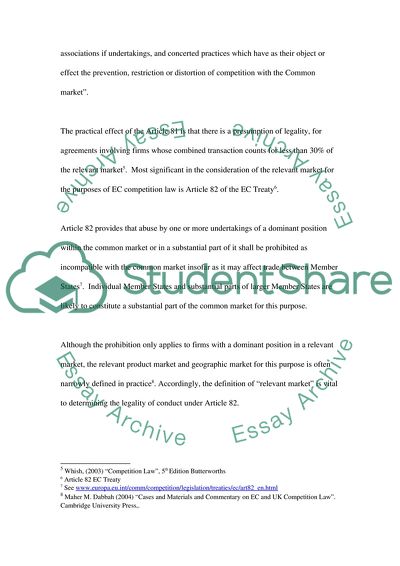Cite this document
(European Court of Justice Case of Europemballage & Continental Can v Coursework, n.d.)
European Court of Justice Case of Europemballage & Continental Can v Coursework. Retrieved from https://studentshare.org/law/1722049-eu-coursework
European Court of Justice Case of Europemballage & Continental Can v Coursework. Retrieved from https://studentshare.org/law/1722049-eu-coursework
(European Court of Justice Case of Europemballage & Continental Can V Coursework)
European Court of Justice Case of Europemballage & Continental Can V Coursework. https://studentshare.org/law/1722049-eu-coursework.
European Court of Justice Case of Europemballage & Continental Can V Coursework. https://studentshare.org/law/1722049-eu-coursework.
“European Court of Justice Case of Europemballage & Continental Can V Coursework”. https://studentshare.org/law/1722049-eu-coursework.


